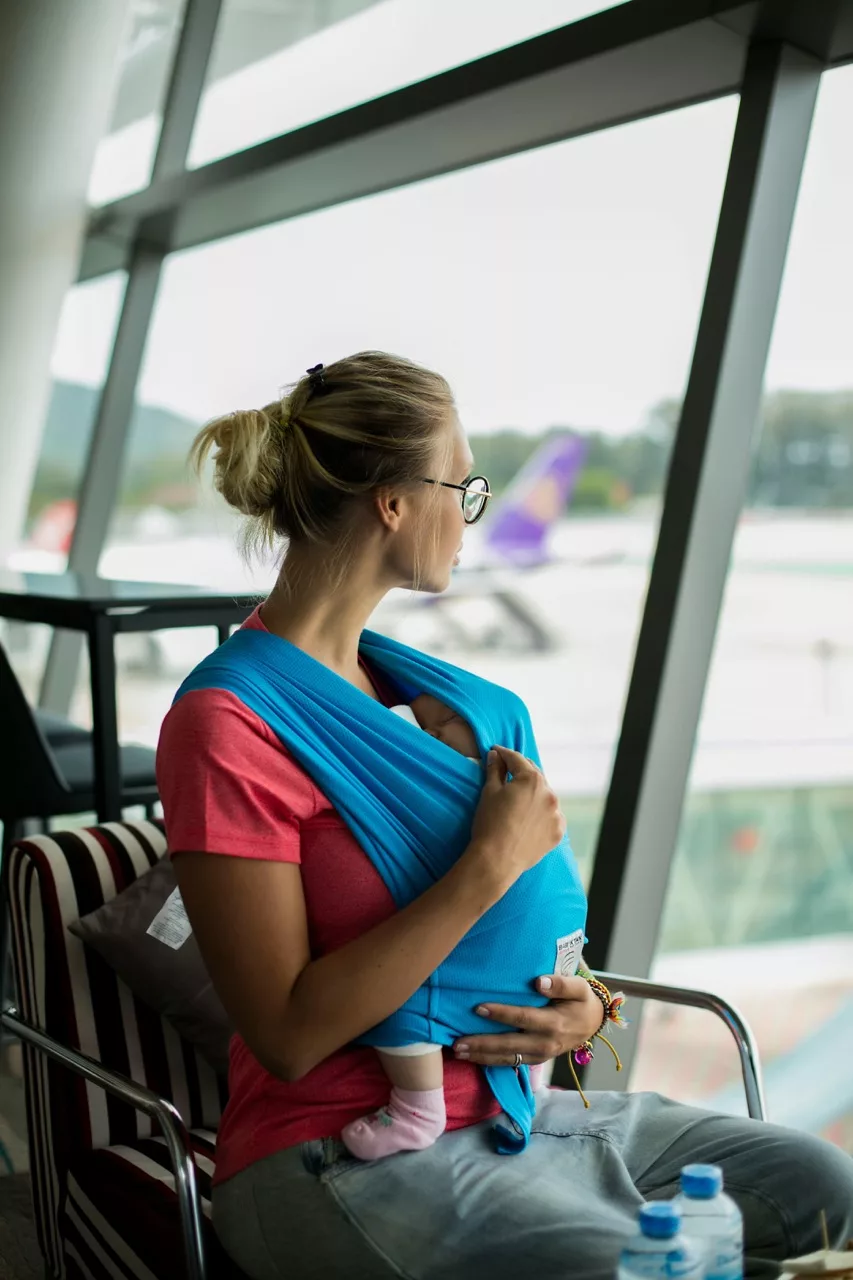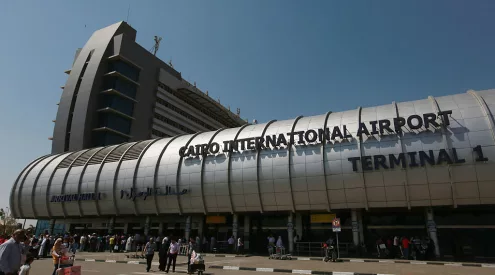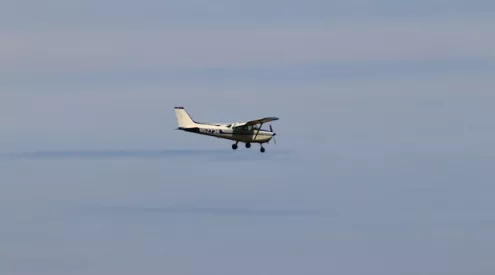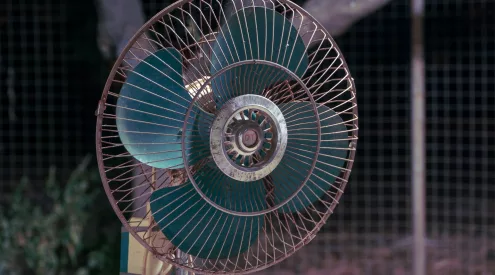Travelling with children can be challenging at the best times, but when jet lag is involved, it can become a nightmare for families. From long-haul flights to summer holidays, the timing of your flight can make all the difference in how your child’s natural circadian rhythm adjusts to a new time zone.
ALSO READ: Tips for raising nature-literate children
Martin Seely, a sleep expert, shares how families can plan smarter by breaking down the science of sleep schedules and shares the best time to fly with children to minimise irregular sleep patterns.
Understanding jet lag and circadian rhythms
Jet lag happens when your internal body clock (circadian rhythm) is thrown out of balance due to the fast travel across different time zones. Children’s biological systems are still developing, making it difficult for them to adjust as their internal rhythms will be less adaptable than those of adults and more sensitive. Your internal 24-hour cycle regulates essential biological processes such as body temperature, hormone releases of melatonin (the sleep hormone) and cortisol (the stress hormone), when you start to feel sleepy or alert and digestion and metabolism.
When a child travels from one time zone to another, the body clock stays at “home” time. But everything around them, like mealtimes, sunlight, and sleep schedules, is now aligned with the “destination” time. This mix of multiple confusing times can cause the circadian rhythm to misalign. Symptoms of this can be trouble falling asleep or waking up at the right time, fatigue and crankiness, emotional outbursts and more tantrums, changes in digestion or appetite, including constipation or nausea, and finally struggling to concentrate on activities.
Martin says: “Our bodies naturally are in sync with the Earth’s light and dark cycles. Light is the most significant cue for our internal clocks to wake up, when to release melatonin to help us sleep and when to suppress it to stay awake. In children, these are more powerful as their systems are still developing. If you disrupt a child’s circadian rhythm, it will take time to reset. This is why jet lag can lead to poor sleep, mood swings and exhaustion in kids even after shorter flights”.
Why direction matters
It’s important to understand that the direction you fly in affects how your body adjusts to a new time zone. Flying east, like from South Africa to Australia or India, shortens the day and forces your body to fall asleep earlier than it’s used to — this can be challenging for children. On the other hand, flying west, such as from South Africa to South America or parts of Europe, can feel easier for kids to adapt to, as it delays their bedtime.
Why children feel jet lag more intensely
- Younger children will have more rigid and early bedtimes because their sleep windows are tighter.
- They can’t self-regulate fatigue, so when they are tired, they are exhausted, which makes them more prone to tantrums.
- Kids have smaller sleep insufficiencies; one or two bad nights can affect them more than adults, as they have flexible sleep patterns and caffeine.
- Melatonin production is faster and lasts longer, significantly impacting early evening disruption.

Image: Pexels / Julia Abramova
Flight time recommendations
Here are the best times to fly with your child, according to age:
Babies (0-2 years)
Best time to fly outbound: Midday or early afternoon
Best return flight time: Overnight
Why: It syncs with their natural nap or bedtime and feed schedule. Babies are also more likely to sleep if their environment resembles their typical bedtime routine.
Expert tip: Try to choose seats with bassinets and feed them during take-off or landing to aid ear pressure discomfort.
Toddlers (2-4 years)
The best time to fly outbound is overnight, if they sleep easily or in the early morning.
Best return flight time: Afternoon.
Why: It matches their natural nap window, meaning they can rest mid-flight and be more adaptable upon arrival to avoid overtired tantrums.
Expert tip: Pack books, comfort blankets and toys they love to help them settle down.
Children (5-10 years)
Best time to fly outbound: Early morning or overnight
Best return flight time: Early evening
Why: Letting the wind down and sleep on the flight to ease into the transition to the new local time the next day with an easier melatonin alignment.
Expert tip: Start dimming lights and screen an hour before landing to mimic bedtime cues.
Teens (13-18 years)
Best time to fly outbound: Overnight
Best return flight time: Overnight
Why: Their body clocks naturally prefer later sleep and wake times.
Expert tip: Use noise-cancelling headphones or eye masks to help promote sleep mid-flight.
Practical tips for parents
Shift sleep gradually before you fly:Try changing your child’s sleep time by 12-30 minutes earlier or later, depending on your travelling direction. Do this for 2-3 days before departure. Small shifts make the change less abrupt from time zones.
Feed them sleep-boosting snacks: Foods like cherries, nuts, oats, and bananas all have a natural source of melatonin, which helps speed up rest. Offer these as pre-flight or part-of-flight snacks.
Avoid the nap trap on arrival: Although it’s hard, no matter how tired they are, don’t let your kids nap at your destination if it’s not bedtime. Keeping them distracted and active until it’s their local bedtime is super important, even if this means an early night.
Use melatonin gummies (cautiously): Melatonin supplements can help with sleep time differences, but it’s essential to know that you can only use them for children over 5! Always contact your healthcare provider before, and a very low dose may be enough to trigger rest.
Use light to your advantage: Straight after landing, expose your child to as much light as possible. This will reset the circadian clock and help the brain understand when to wake.
Create a quiet time zone before travel: Turn all screens off, dim lights, and create a low-stimulating space. This will train the body to rest more naturally and easily, paying off on the flight.
Follow us on social media for more travel news, inspiration, and guides. You can also tag us to be featured.
TikTok | Instagram | Facebook | Twitter
ALSO READ: How cake glitter is helping save water voles in Wales

















